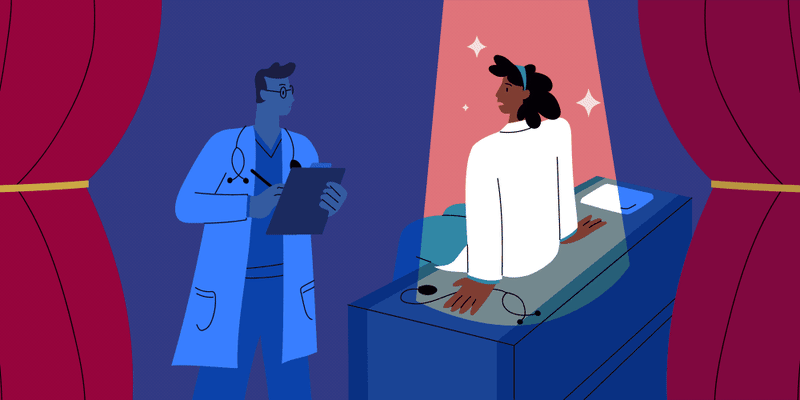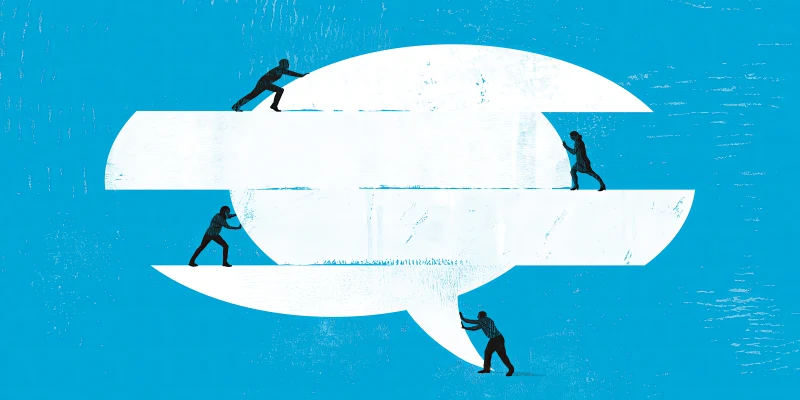When one hospital closes, another one opens. That’s the saying, right? Of course, that’s not always easy to see in the moment, especially the moment my residency learned we had two months to find a new training site.
It was March of my intern year at a two-year old internal medicine program. As anyone might imagine life at a new residency program, change was our only constant. We would identify growth opportunities, generate new policies and procedures, implement, refine, and repeat the cycle again. Of course, it was a bit less glamorous than that — the constant compromise between the hospital’s priorities and our education was demoralizing. Nonetheless, the process made us into resilient residents and generated noticeable program improvements. With time we created a good foundation, and by March, we were breathing easily and relishing the fruits of our labor. Then, we suddenly learned our hospital was closing, and we had two months to find a new training site.
With our future now uncertain, all the doubts we had worked so hard to resolve came back in force. It felt like we couldn’t catch a break.
Would our program close?
Where would we go next, and would we succeed there?
Would we even finish residency at all?
This news also ignited an internal struggle. After all this time and effort, was this my sign that I was never meant for a career in medicine? It had taken me two cycles to gain admission to medical school. I spent most of my Match cycle in turmoil, realizing late in the cycle that my chosen specialty was not a good fit, and I made a last-minute switch from a surgical speciality into internal medicine. Though I ultimately matched into one of my top internal medicine programs and loved my new field, this hospital closure felt like the final evidence I needed to prove my impostor syndrome.
With all of these doubts, my peers and I had little faith that our program had a future, but we are lucky to be able to say that it did. Within a month, a small hospitalist group adopted us, preventing our program closure and instead bringing us to a nearby university hospital with vast resources, nurturing faculty, and a new sense of stability. It was a completely unexpected result, and our new environment was an improvement of our origins in many ways. Though fearful of what lay ahead, we breathed sighs of relief knowing that we were moving in a completely different direction than we ever could have imagined: forward.
Despite our doubts, our state of disease was not a death sentence. We know this: life can almost always find a way forward, even in states of disease. So, when our outward path became obstructed and certainty became threatened, perhaps we could have looked to our daily practice for answers.
Perhaps our fears allowed us to forget: we were built to overcome resistance. When a muscle is deprived of oxygen over time, the release of vascular endothelial growth factor spurs the growth of collateral vessels. Blood pressure increases to perfuse an area of the brain or muscle suffering acute ischemia. Lungs shunt blood flow to areas of higher oxygenation. Blood may take a different direction, but the body pushes it forward toward its end despite the resistance.
Similarly, our paths in medicine can be laden with obstruction, rejection, and redirection, forcing us to find different means to our end. Oftentimes, those alternate paths look different than we expect, even if the outcome is the same. I had a million reasons to believe I would never get into medical school, yet now I am a doctor. The twists of my Match season made me believe that I would never find career satisfaction, yet here I am working my dream job as a chief resident in internal medicine. After my first year, our hospital closed, and somehow against all odds, another one opened up for us. Even though many times my path seemed like a dead end, I was still moving forward, even if the path was not linear.
Of course, this is easier to appreciate now that I've reached the end of my training. I would have never believed and still sometimes remain in disbelief that I have survived what often felt unsurvivable. Yet, I can now be a witness to all those standing where I once was and reassure them, with evidence-based medicine: Sometimes, all it takes is a collateral pathway.
What's an obstacle you've cleared in your medical journey? Share in the comments.
Dr. Teresa Samson is a second-year internal medicine resident in San Antonio, TX. In her spare time, you'll find her sitting in the sunny corners of the hospital, FaceTiming with her family, and enjoying any excuse to be outdoors. You can follow her journey on Instagram at @residentdoctor_t. Dr. Samson is a 2023–2024 Doximity Op-Med Fellow.
Image by Nuthawut Somsuk / Getty







